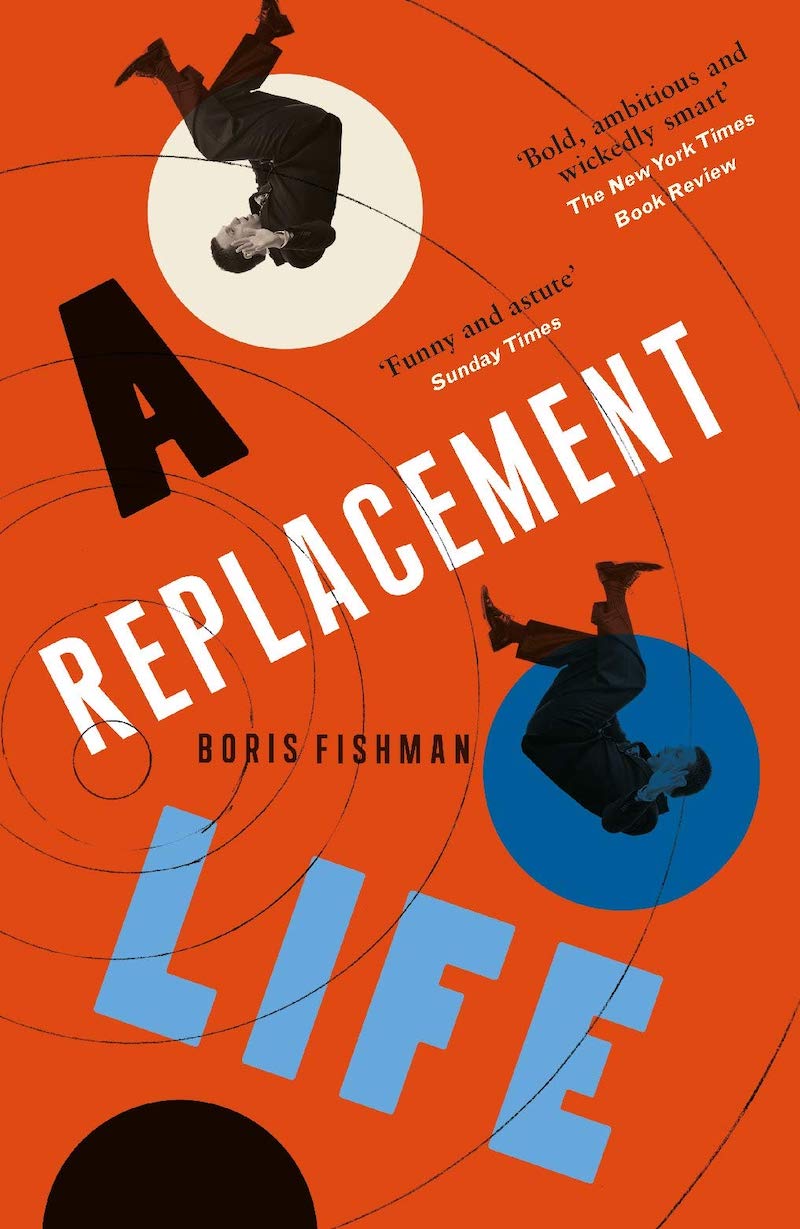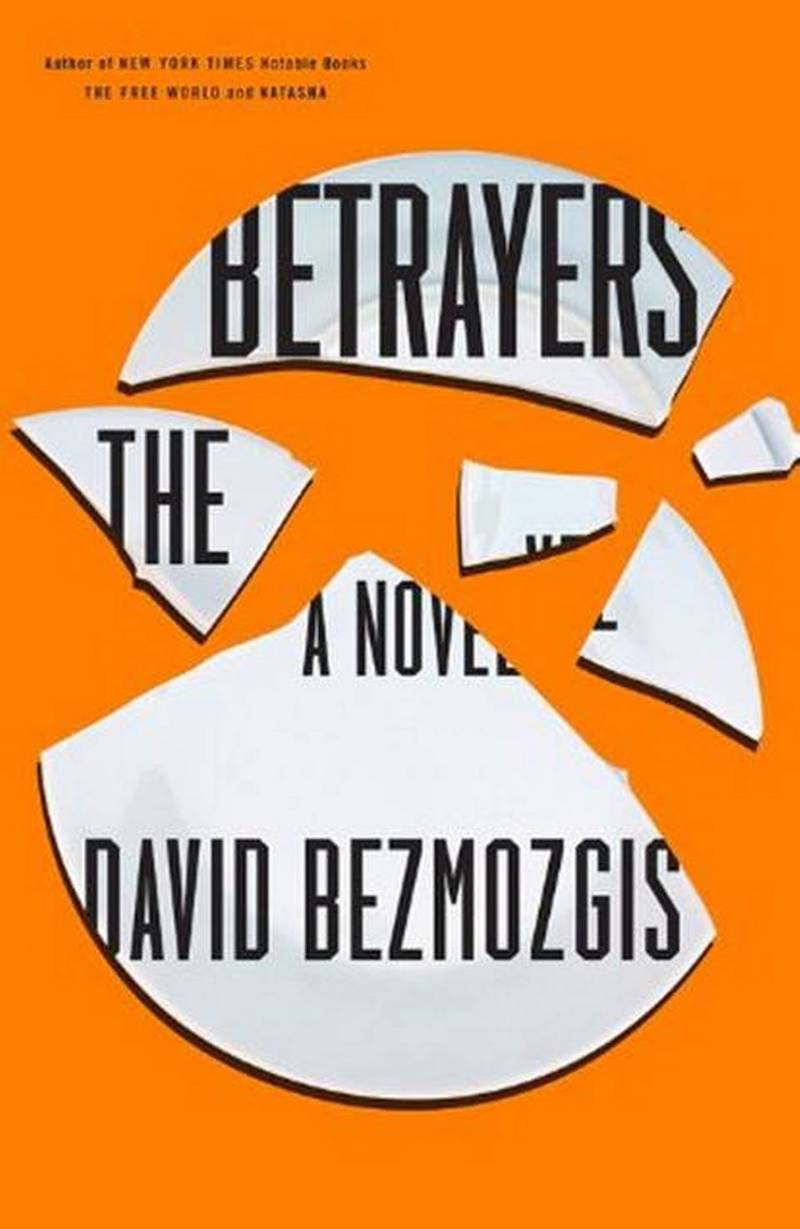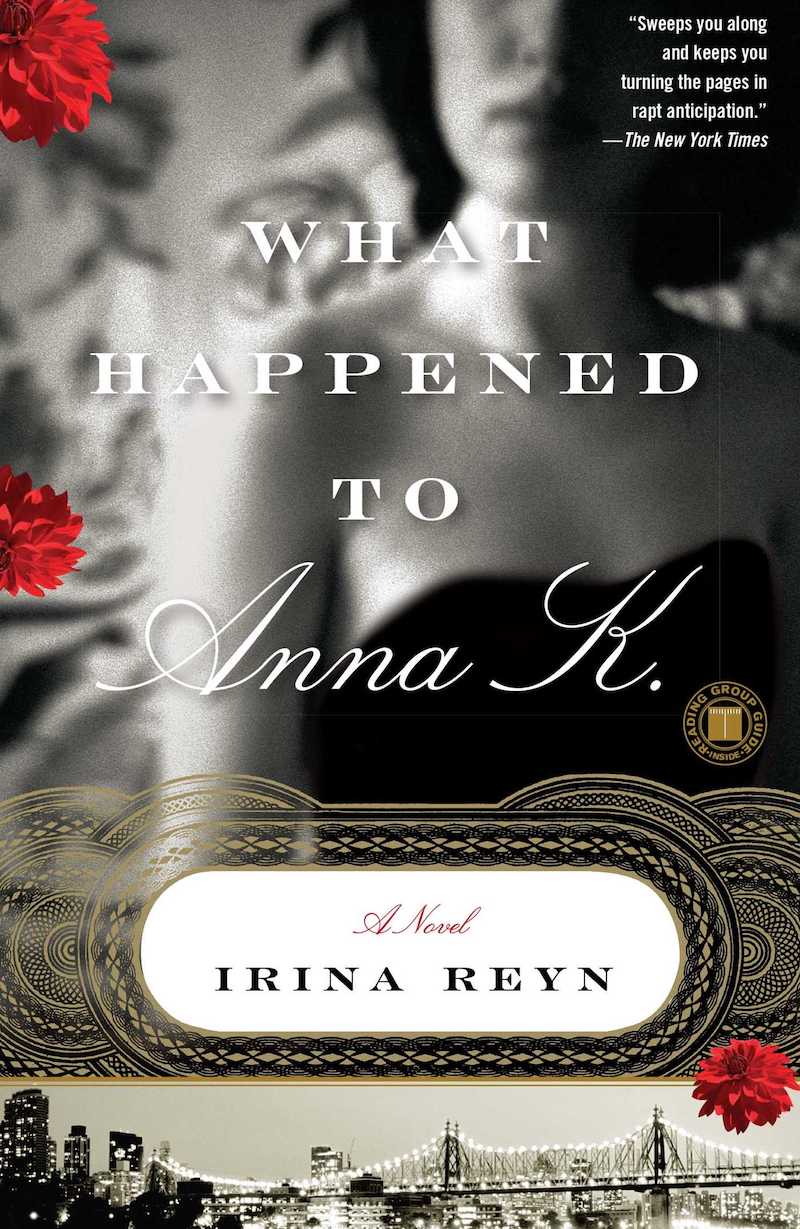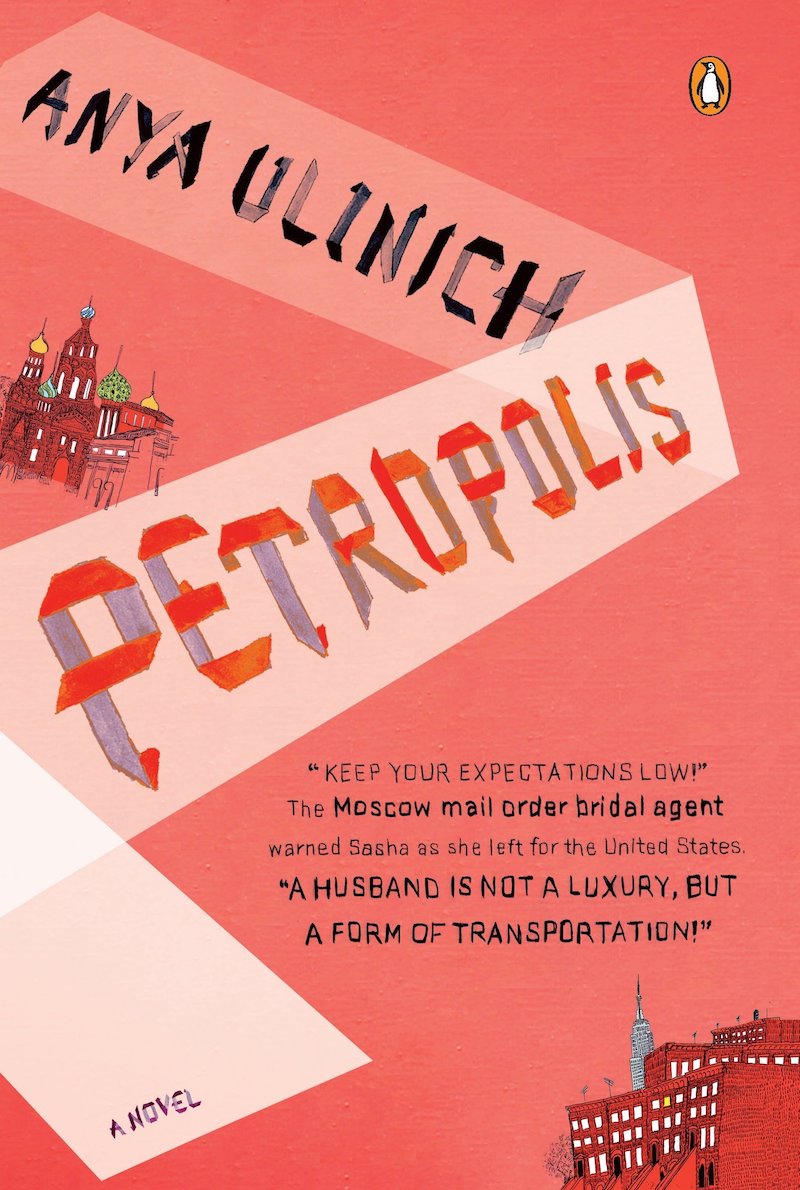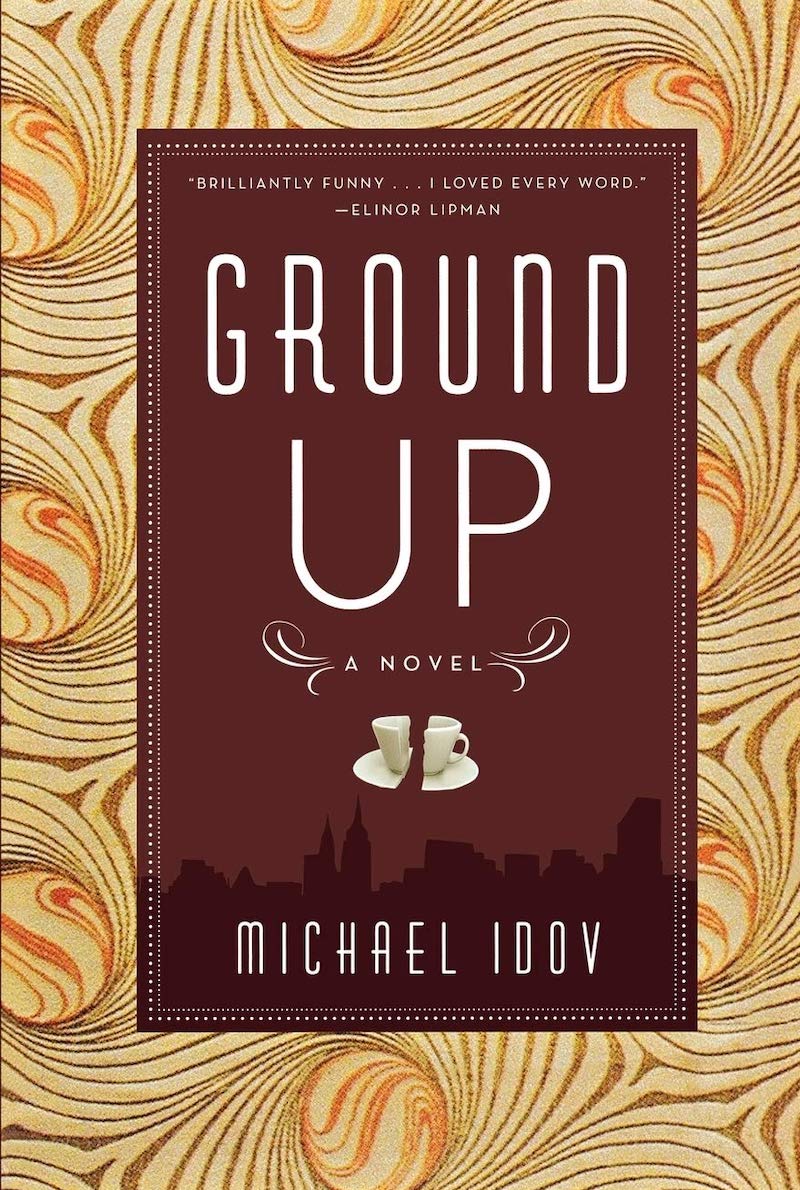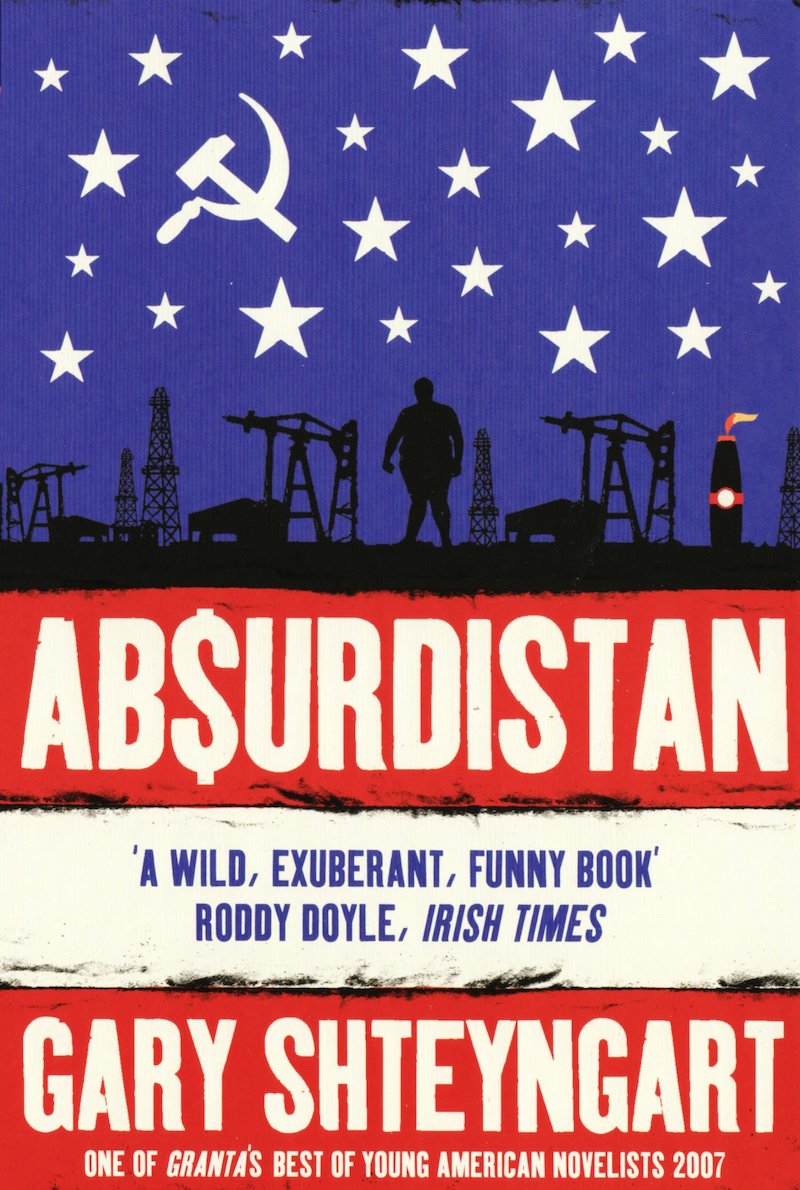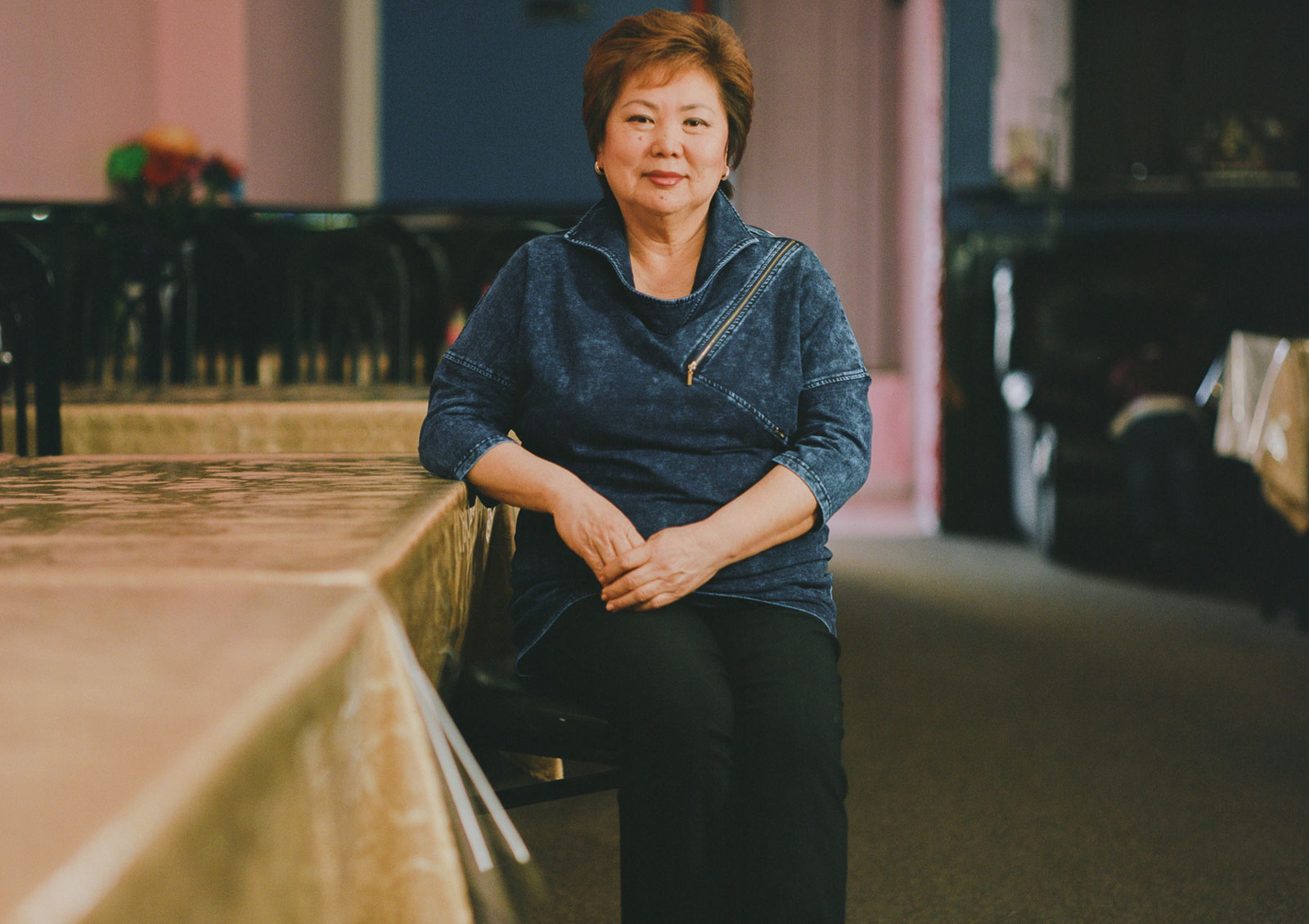How American immigrant literature is empowering Jewish authors to claim their Russian roots
US readers are desperate to get their hands on Russian-American literature. But as Ada Wordsworth discovers, many of the authors carrying this new wave of immigrant fiction are using their literature to reclaim key parts of their identity in an act of empowerment that has repercussions far beyond the bestseller list.
In a 2009 interview with the Russian magazine Snob, Masha Gessen quipped that “for an American writer today, it is best to be Russian”. Her comment, offhand as it was, highlighted the glut of fiction being published in America by Russian authors. These authors are, like Masha Gessen, predominantly Jewish — though as her comment suggests, this is a fact often skirted over by critics and publishers alike. The genre is, therefore, most accurately referred to as Russian-American-Jewish literature.
The onslaught began in 2002 with Gary Shteyngart’s The Russian Debutante’s Handbook, which follows the exploits of Russian Jewish immigrants in Manhattan. His second novel, Absurdistan — chronicling the adventures of the son of the 1,238th-richest man in Russia, as he struggles to return to his true love in the South Bronx — was published in 2006. Since then, narratives in which Russian Jews attempt to form solid identities in America have reached the top of bestseller lists, snapping up numerous awards. Honours include the National Jewish Book Award, won by both Shteyngart and David Bezmozgis for his novel, The Betrayers, which follows an Israeli-Russian politician, and the VCU Cabell First Novelist Award, awarded to Boris Fishman for A Replacement Life, which follows a failed journalist as he forges Holocaust-restitution claims for old Russian Jews in Brooklyn.
The irony of Gessen’s observation lies in the description of these writers as “Russian”, an identity denied to them for centuries — first in Imperial Russia, where Jews were forced to live in the Pale of Settlement and obtain permission to move to elsewhere in the Empire. Later, in the USSR, Russian Jews had their Russianness erased, with their passports describing them exclusively as Jews. Antisemitism, exclusion, and violence were part and parcel of daily life for Jews in Russia. But once the same cohort arrived in the USA in the 1980s and early 90s, generally as children or young adults, their immigrant status overrode their ethnicity. Russian is what they became.
Many of Shteyngart’s successors have been happy to place their work in the tradition of American immigrant fiction, following a trail of authors (such as Khaled Hosseini and Jhumpa Lahiri) who have written about the immigrant experience and the experience of assimilation. There is a large contingent, however, for whom their writing is not only about claiming an American identity — but also about reclaiming their Russianness. We can include in this group Irina Reyn’s What Happened to Anna K, a retelling of Anna Karenina set in a modern day Bukharan Jewish community, and Anya Ulinich’s Petropolis, with its abundant references to Mandelstam and Dostoyevsky. These writers, working in American English while employing Russian protagonists, traditions, and phrases, are knowingly placing themselves in the Russian literary tradition. The novels themselves are typically filled with Russian phrases and references. The most emotional, childlike aspects of the characters are consistently expressed in Russian. ‘Babushka, babushka, g’dye tih, moya babushka?’ laments Mark in Bezmozgis’ short story Choynski. A linguistic space is formed which is only fully accessible to bilinguals, further cementing their new hybrid identity.
But is this intense Russian focus truly an act of authorial political reclamation — or a shrewd move by publishers to sell more books? Russia sells. Thirty years after the end of the Soviet Union, the American fascination with all things Russian abides. The marketing for these books foregrounds Russian identity above all else, complete with cover art brimming with matryoshka dolls, images of the Kremlin, and hammers and sickles. Shteyngart’s author photo shows him with a bottle of vodka, wearing a fur coat. Some Russian-Jewish writers have even been discouraged from writing about things other than Russia – Michael Idov’s protagonist in Ground Up, for example, was originally intended to be Polish, before Idov was persuaded by his publisher to make him Russian. Stories of drunken emigrés discussing the intricacies of the soul are easy for a Western audience to absorb, and the new Russian-American literature attacks these clichés with Gogolian vigour. The literary sub-genre is ignored in Russia and the Soviet Union, and generally (with the exception of Shteyngart and David Bezmozgis), untranslated into Russian. In Russia today, apathy towards those who were able to leave Russia and the broader former Soviet Union borders on disdain.
In tracing these paradoxes, this new wave of writers show that placing their Russianness at the heart of their work is an act of reclamation, rather than a marketing ploy
But this separation also allows authors a degree of space in which to articulate their own particular Jewish, immigrant form of Russianness. This is particularly clear in the case of What Happened to Anna K, where writer Irina Reyn asserts authorial ownership over one of the best-loved Russian novels. She returns to the classic, dissecting it with a new lens: both a Jew and a woman. Distance provides perspective: when the walls built by Russia around her literary giants crumbled, with her classroom walls no longer featuring framed portraits of Pushkin, and the veneration of Dostoyevsky ubiquitous throughout Russia muted, the mammoth task of rewriting Tolstoy suddenly felt possible. “You have that hubris to say, you know, I can take this sort of intimidating author, the one who has these tomes on my parents’ shelves,” Reyn told me. “Russian culture is so much about revering Tolstoy. And then, I try to claim that story for my own.”
Despite its many prolific male writers, the genre is noticeably dominated by immigrant women — writers for whom being reassigned from “Jew” to “Russian” has opened the door for them to be sexualised and exoticised, transformed into the archetype of the Slavic Bond girl. It is something which they reflect upon with irony. Reyn, for example, describes American men in What Happened to Anna K as being attracted to “Anna’s Russian soul”, despite Anna’s having felt, as a Jew, that a Russian soul was precisely what she lacked. It was, for Anna, as though “that special concentrated essence Dostoevsky spoke of would be saved for the ethnic Russians, the real Russians”.
In tracing these paradoxes, this new wave of writers shows that placing their Russianness at the heart of their work is an act of reclamation, rather than a marketing ploy. Reyn works inside the classic Russian novels while highlighting the variety of experience excluded by Russian culture. In her telling, the Jewish Anna K possesses as much of a “Russian soul” as Tolstoy’s Anna Karenina.
Similarly, in Ellen Litman’s short story The Russian Club, a Slavic Russian lecturer in America berates a Russian Jewish immigrant student for her essay on Silver Age émigré writers. “For a true Russian person”, the lecturer proclaims, “immigration is death. A Russian poet can’t survive in immigration.” Yet, such lecturers are shown to be wrong as Russian Jews in America, Israel, and Germany reclaim their Russianness and their position in Russian cultural history. While for centuries, Jewish writers were maligned and persecuted in Russia, their descendants abroad are receiving the accolades they deserve.
Though the term “Russian-American literature” might have been coined by publishers keen to get the cash registers ringing, the possibilities it provides its authors with is clear: they can hold onto their hyphenated identity without being forced to conform to either nationality. This literary reclamation is precisely what Lara Vapnyar, author of There are Jews in my House and Memoirs of a Muse, describes in her essay The Writer as a Tour Guide. “Then,” Vapnyar writes, “miraculously, I gained all three seemingly unattainable identities — Russian, Jewish, American — through acquiring a new and most unexpected identity — that of a writer.”
